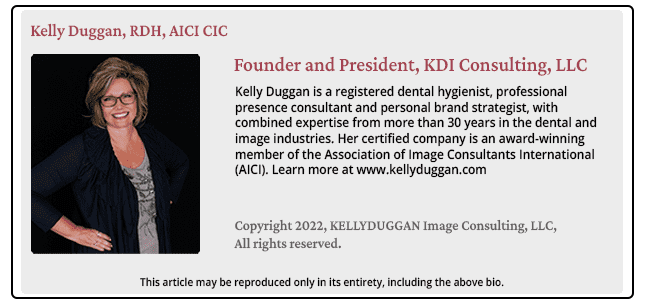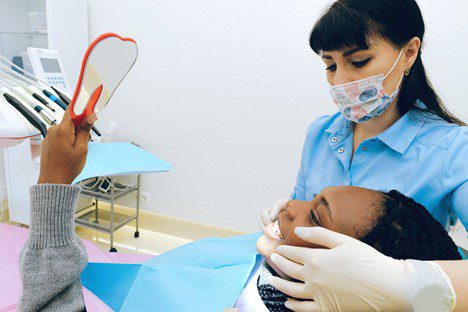COVID-19: A Clinical Risk in Your Verbal Communication?
Masks have created a barrier in our clinical communication for years. Today, however, there’s an added potential risk when communicating with patients. In our inaugural dental team-focused article “Dentistry: Patient Communication with a Personal Touch” (1.26.22) we discussed how voice interaction is your personal “high-touch” option in connecting with your patient. But what if they can’t hear or understand you?!
At my last prophylaxis, with current COVID-19 PPE protocols and multiple mask layers, I couldn’t understand or hear all that my hygienist was sharing with me. As a hygienist who’s practiced for 25 plus years, I could put the pieces together. But what about the typical patient who doesn’t know “dental speak”?
Are your patients not receiving your intended message? Are your words muffled? Are they nodding in approval/acceptance, but don’t really know what you said? To ensure you’re having a real dialogue through those layers of protection, consider these strategies to further grow your patient care:
- Breathe and speak up. Diaphragmatic breathing — breathing through your nose (feeling the belly expand) and exhaling through the mouth — will support 50% of your sound.
- Articulate your words. Listen to yourself speak. Are you clearly pronouncing what you say? Avoid unnecessary and filler words.
- Slow your pace. Add brief pauses in your speech where commas and periods would be placed in writing.
- Add vocal interest. Avoid a monotone, which is boring and can sound uncaring. Add melody in your voice by using varying pitch and higher or lower volume.
- Speak face to face. Avoid back-facing conversations or rolling away in your chair when you’re delivering an important verbal message.
The good news is these simple strategies can support better patient interactions even after COVID-19 protocols become less restrictive.


